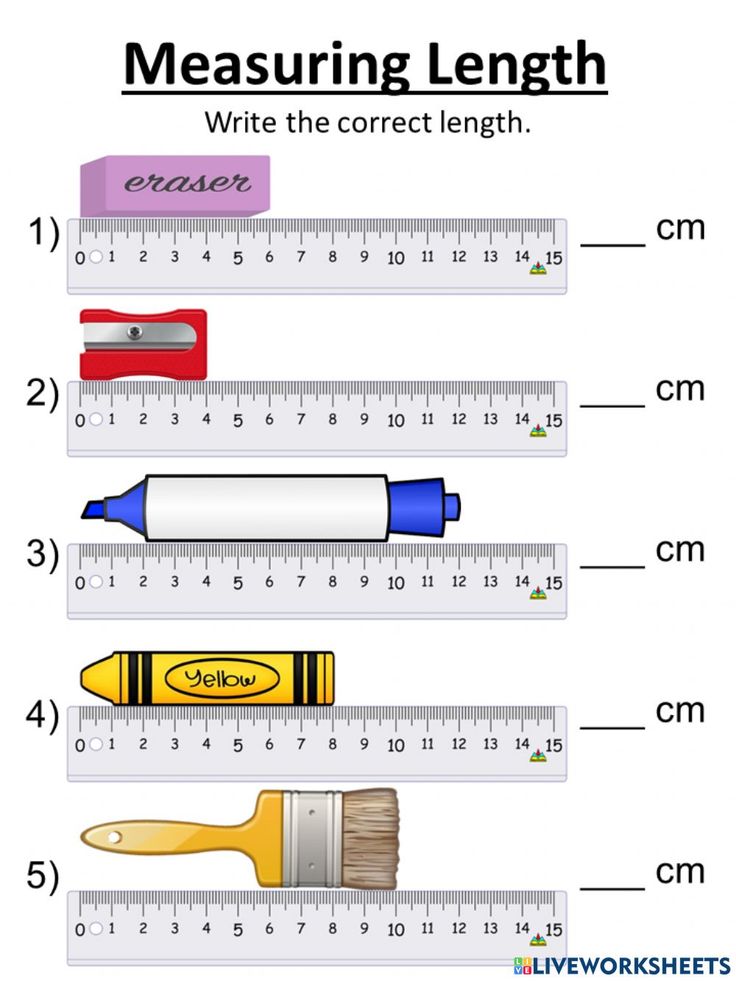Master Measurement Conversion with Our Free Worksheet

Understanding the nuances of measurement conversion is crucial in many aspects of our daily lives, whether you're cooking, traveling, or working in a field that involves metric and imperial units. Mastering the art of converting measurements not only saves time but also ensures accuracy and efficiency. Here, we provide a detailed guide accompanied by a free worksheet to help you become proficient in converting various units of measurement.
The Importance of Measurement Conversion

Before diving into the conversion process, it's beneficial to understand why this skill is so important:
- International Travel: Navigating different countries often requires you to convert measurements for distance, temperature, and weight.
- Cooking and Baking: Recipes from different countries use various units; knowing how to convert ensures your dishes turn out as intended.
- Health and Science: In medical and scientific fields, precise measurement conversions can be critical.
- Business: For companies that deal internationally, converting units for trade and logistics is vital.
Types of Measurement Units

Measurements can broadly be divided into:
- Length/Distance: meters, feet, inches, miles, kilometers, etc.
- Volume/Capacity: liters, milliliters, pints, gallons, cups, etc.
- Weight/Mass: grams, kilograms, pounds, ounces, tonnes, etc.
- Temperature: Celsius, Fahrenheit, Kelvin.
Common Conversion Techniques

Length/Distance Conversion

| Imperial to Metric | Conversion Factor | Metric to Imperial | Conversion Factor |
|---|---|---|---|
| Inches to Centimeters | 1 inch = 2.54 cm | Centimeters to Inches | 1 cm = 0.3937 inches |
| Feet to Meters | 1 foot = 0.3048 m | Meters to Feet | 1 m = 3.28084 feet |
| Miles to Kilometers | 1 mile = 1.60934 km | Kilometers to Miles | 1 km = 0.621371 miles |

🔍 Note: Remember these conversion factors for quick calculations!
Volume/Capacity Conversion

Here are some common conversions for volume/capacity:
- US to Metric:
- 1 cup = 0.236588 liters
- 1 fluid ounce = 29.5735 milliliters
- Metric to US:
- 1 liter = 4.22675 US cups
- 1 milliliter = 0.033814 US fluid ounces
Weight/Mass Conversion

The conversion between imperial and metric weight units includes:
- Imperial to Metric:
- 1 ounce = 28.3495 grams
- 1 pound = 0.453592 kilograms
- Metric to Imperial:
- 1 gram = 0.035274 ounces
- 1 kilogram = 2.20462 pounds
Temperature Conversion

For temperature, you'll often need to convert between Celsius and Fahrenheit:
Here's the conversion formula:
- Fahrenheit to Celsius: °F = (°C × 9/5) + 32
- Celsius to Fahrenheit: °C = (°F - 32) × 5/9
Worksheet for Practice

To help you practice these conversions, we've provided a free worksheet. This worksheet will:
- Reinforce the formulas and factors.
- Encourage quick mental math.
- Improve your proficiency in applying the conversion knowledge.
The worksheet includes exercises for:
- Length/Distance
- Volume/Capacity
- Weight/Mass
- Temperature
💡 Note: The worksheet is downloadable and printable for your convenience. Remember, practice makes perfect!
Mastering measurement conversion is a skill that enhances your ability to interact with different systems around the world. It reduces errors in various fields, from cooking to scientific research, making your life smoother and more efficient. Whether you're a student, a professional, or just someone interested in expanding your knowledge, this guide and accompanying worksheet are tailored to help you master the conversion techniques with ease.
Why is it important to know measurement conversions?

+
Knowing measurement conversions is crucial for international communication, travel, cooking, scientific work, and many other daily activities where accurate measurement can significantly impact outcomes.
What are the most common units for conversion?

+
The most commonly converted units include length/distance (meters to feet, miles to kilometers), volume/capacity (liters to gallons), weight/mass (kilograms to pounds), and temperature (Celsius to Fahrenheit).
How can I practice measurement conversions?

+
You can practice by using the provided worksheet, downloading online practice sheets, or engaging in real-world applications like measuring ingredients for cooking or calculating travel distances.
Is there a quick way to convert units?

+
Yes, mastering the most common conversion factors and using mnemonic devices or conversion calculators can help. Frequent practice will also make conversions quicker over time.
Where can I find more resources on measurement conversions?

+
You can find online conversion tools, apps, or even cookbooks that provide tables of conversions. Educational sites often offer free resources for learning and practice.